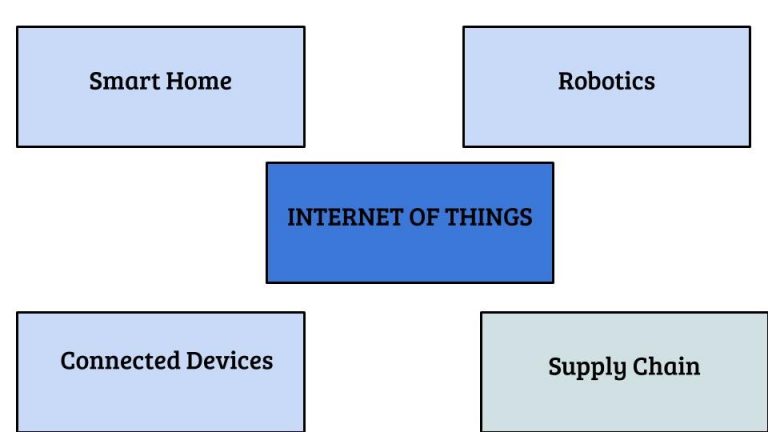industry 4.0 internet of things
Industry 4.0 and Internet of Things are two of the most talked about concepts in the current technological landscape. The application of these technologies has revolutionized the way industries operate, bridging the gap between physical and digital worlds. In this post, we will explore the applications and benefits of Industry 4.0 and Internet of Things.
Industry 4.0 and Internet of Things Stock Illustration

Abstract
Industry 4.0 is a term that encompasses technological advancements in manufacturing and production that seek to optimize entire value chains through digitalization. The Internet of Things (IoT) is a network of physical devices, vehicles, home appliances, and other items embedded with electronics, software, sensors, and connectivity which enables these objects to connect and exchange data to improve efficiency and effectiveness, as well as to automate various applications.
Introduction
The fourth industrial revolution, known as Industry 4.0, is the current trend of automation and data exchange in manufacturing technologies. It includes cyber-physical systems, the Internet of Things (IoT), cloud computing, and cognitive computing. The ultimate goal of Industry 4.0 is to fully automate manufacturing processes and minimize the need for human intervention. Internet of Things, on the other hand, is a network of interconnected devices that can communicate with each other, collect and exchange data.
Applications of Industry 4.0 – Internet of Things

Content
Industry 4.0 and IoT are being implemented across a wide range of industrial sectors. Here are a few applications of Industry 4.0 and IoT:
Smart factories
Industry 4.0 and IoT are transforming traditional factories into smart factories by integrating advanced technologies such as robots, sensors, and analytics. Robotics can be deployed for production, packaging, and transport. Sensors can be used to monitor and regulate machines, enabling predictive maintenance and reducing downtime significantly. Analytic tools can collect and analyze machine data in real-time, enabling continuous optimization of the production process.
Smart logistics
The implementation of Industry 4.0 and IoT technologies in logistics is helping to address the inefficiency of global logistics systems. Smart logistics uses real-time monitoring and analytics to optimize and automate the logistics process. IoT-enabled devices such as GPS trackers and sensors provide visibility and information about the location and condition of goods throughout the supply chain. This enables companies to minimize inventory levels, reduce transportation time, and avoid stockouts.
Smart energy systems
Industry 4.0 and IoT are revolutionizing the energy sector by enabling the creation of smart grids, energy management systems, and renewable energy sources. Distributed energy resources, such as solar panels, wind turbines, and electric vehicles, can be integrated and managed through an energy management system. IoT-enabled sensors can monitor energy consumption, identify wastage and abnormal usage, and optimize energy usage for production, lighting, and HVAC systems. This increases energy efficiency, reduce energy costs, and minimize carbon footprint.
Industry 4.0, Internet of Things Stock Vector

Conclusion
Industry 4.0 and IoT have significant benefits, including increasing efficiency and reducing costs across various sectors. The adoption of these technologies has transformed traditional industries, creating competitive advantages and new business models. Smart factories, logistics, and energy systems will become more prevalent in the coming years, and the continued development of Industry 4.0 and IoT technologies will enable more efficient and effective automation of end-to-end processes.
As we have seen, Industry 4.0 and IoT are two powerful and transformative technologies that are creating new opportunities and driving change across various sectors. As the world continues to digitize, we can only expect these technologies to become more prevalent and critical to success.

Source image : www.dreamstime.com

Source image : www.whatissixsigma.net

Source image : www.dreamstime.com





